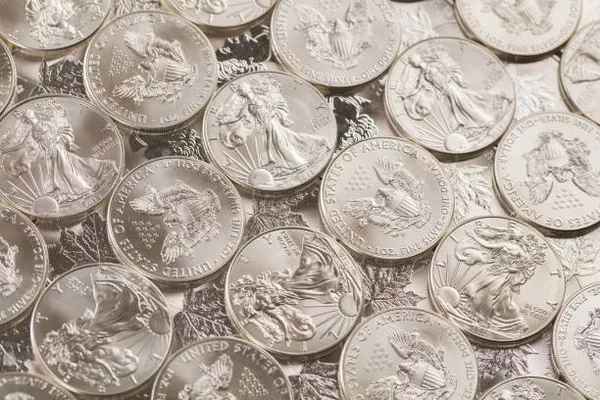As investors navigate the ever-evolving financial markets, the question of where to allocate resources for optimal returns is ever-present. One metal that often sparks interest is silver, renowned for its dual role as an industrial commodity and a precious metal. In this article, we will explore the factors influencing the silver market and analyze whether the current conditions make it the right time to invest in silver.
Historical Perspective
Before delving into the current market dynamics, it’s essential to examine the historical performance of silver as an investment. Over the years, silver has exhibited periods of both volatility and stability. Notably, silver prices are influenced by factors such as economic conditions, inflation rates, and geopolitical events.
During economic downturns or periods of uncertainty, silver has often served as a safe-haven asset, akin to its precious metal counterpart, gold. Conversely, when economic prospects are positive, silver’s industrial applications drive demand, contributing to price appreciation. Therefore, understanding historical trends is crucial when determining whether now is an opportune time to invest in silver.
Industrial Demand
Silver’s unique position as both a precious metal and an industrial commodity is a key factor influencing its market dynamics. Approximately 50% of silver demand is attributed to industrial applications, spanning sectors such as electronics, solar energy, and healthcare.
With the global push towards renewable energy and technological advancements, silver’s role in solar panels and electronic devices has become increasingly prominent. As the world transitions towards greener technologies, the demand for silver in these applications is likely to rise, potentially bolstering the metal’s value.
Investors should closely monitor developments in key industries to gauge the potential impact on silver prices. A surge in industrial demand could present an opportune time to invest in silver, especially if it aligns with broader economic trends.
Inflation Hedge
Silver, like gold, has long been considered a hedge against inflation. When inflation erodes the purchasing power of fiat currencies, precious metals tend to retain value, making them attractive to investors seeking to protect their wealth.
As central banks worldwide implement accommodative monetary policies to combat economic challenges, concerns about inflation have heightened. In such an environment, silver may serve as a valuable asset for investors looking to safeguard their portfolios against the erosive effects of inflation.
However, it is crucial to note that the relationship between inflation and silver prices is complex, and other factors, such as interest rates and overall market sentiment, also play significant roles in determining silver’s performance.
Market Volatility and Risk Management
While silver presents opportunities for investors, it is essential to acknowledge the inherent volatility in commodity markets. Silver prices can experience sharp fluctuations due to factors such as geopolitical tensions, currency movements, and changes in global economic conditions.
Investors considering silver as part of their portfolio should approach it with a comprehensive risk management strategy. Diversification and thorough research are essential components of a well-rounded investment approach. Moreover, understanding the unique risks associated with silver, such as its susceptibility to sudden shifts in industrial demand, can help investors make informed decisions.
Technological Developments
Advancements in technology can significantly impact the demand for silver, especially in emerging industries. As innovation continues to shape the global economy, new applications for silver may emerge, influencing its overall demand and, consequently, its market value.
Investors should stay abreast of technological developments and assess their potential implications for the silver market. Industries such as electric vehicles, 5G technology, and medical devices are areas where silver’s properties may find increased utility, potentially driving up demand and prices.
See Also Why Is Silver So High Over Spot
Conclusion
In conclusion, the decision of whether now is the right time to invest in silver requires a comprehensive analysis of various factors. Historical performance, industrial demand, inflation hedging properties, market volatility, and technological developments all contribute to the complex landscape of silver investing.
As with any investment decision, it is crucial for investors to conduct thorough research, assess their risk tolerance, and consider their overall portfolio objectives. While silver presents opportunities for diversification and wealth preservation, it is not without risks. Staying informed about global economic trends, geopolitical events, and technological advancements will enable investors to make well-informed decisions regarding their silver investments.


